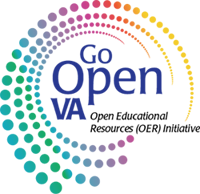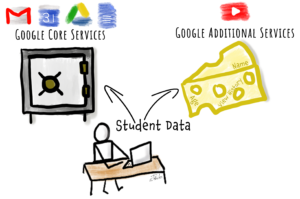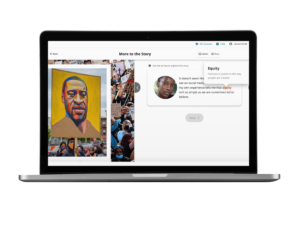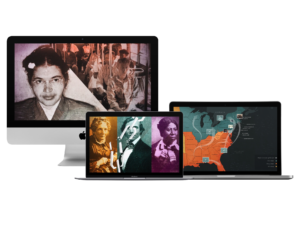 Jean Weller, VSTE Board Member and VDOE Technology Integration Specialist, leads the #GoOpenVA initiative in Virginia. This collaborative initiative enables educators and others throughout Virginia to create, share, and access openly-licensed educational resources (OER, also known as open education resources). OER are free digital materials that can be used or modified to adjust to student needs; they are openly-licensed unhampered by many traditional copyright limitations.
Jean Weller, VSTE Board Member and VDOE Technology Integration Specialist, leads the #GoOpenVA initiative in Virginia. This collaborative initiative enables educators and others throughout Virginia to create, share, and access openly-licensed educational resources (OER, also known as open education resources). OER are free digital materials that can be used or modified to adjust to student needs; they are openly-licensed unhampered by many traditional copyright limitations.
The database is growing. Jean recently created a collection for resources specifically related to professional learning. Technology coaches from across the state have contributed and you can learn more here.
We asked Jean and other VSTE leaders to periodically curate a few of the resources to give a sense of what is available. Start with these but stay for so much more! And be sure to follow Jean on Twitter.
The following resources are recommended by Tim Taylor, the Instructional Technology Supervisor for Shenandoah County Public Schools. They will help your students better understand the issues involved with the founding of the United States.
The Constitutional Convention: What the Founding Fathers Said lesson plan is very appropriate for our current political climate. Students learn how the Founding Fathers debated and resolved their differences during the Constitutional Convention. Learn how they created "a model of cooperative statesmanship and the art of compromise." A lesson we all can learn from!
Emanuel Leutze's Symbolic Scene of Washington Crossing the Delaware is a resource that makes students question and look through a critical lens when viewing historical art. This iconic artwork is what the majority people envision when thinking of Washington crossing the Delaware. Did it really look like this? How does art such as Leutze's work here influence our perception of history?
The Federalist Defense of Diversity and "Extending the Sphere is a lesson plan for secondary students that allows them to analyze Hamilton's and Madison's arguments in favor of an extended republic in specific numbers of the Federalist Papers. (I finally watched Hamilton over the holidays and the relationship between these two founding fathers was very complex.) This lesson will open the eyes of students to see just how challenging and difficult it is to establish a government that is inclusive and providing liberties for all citizens.






